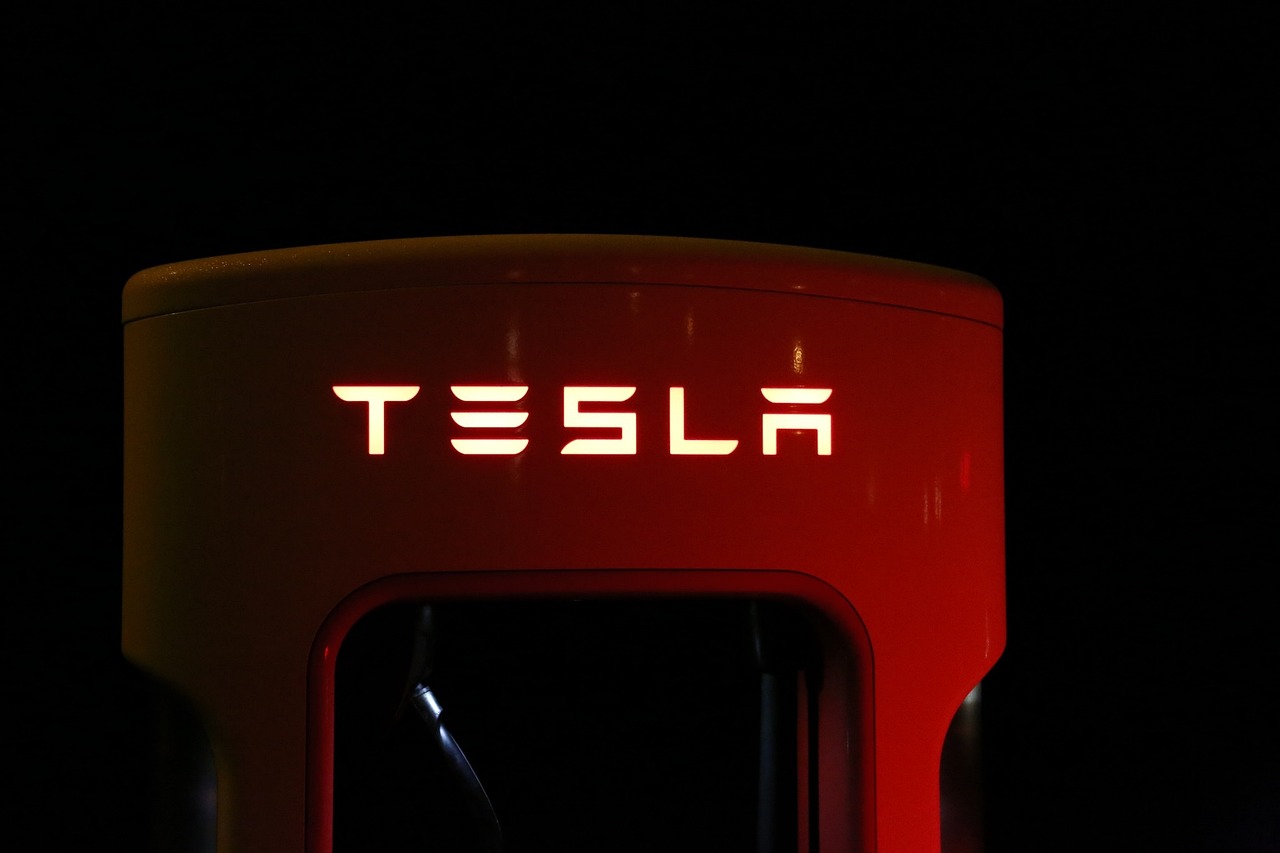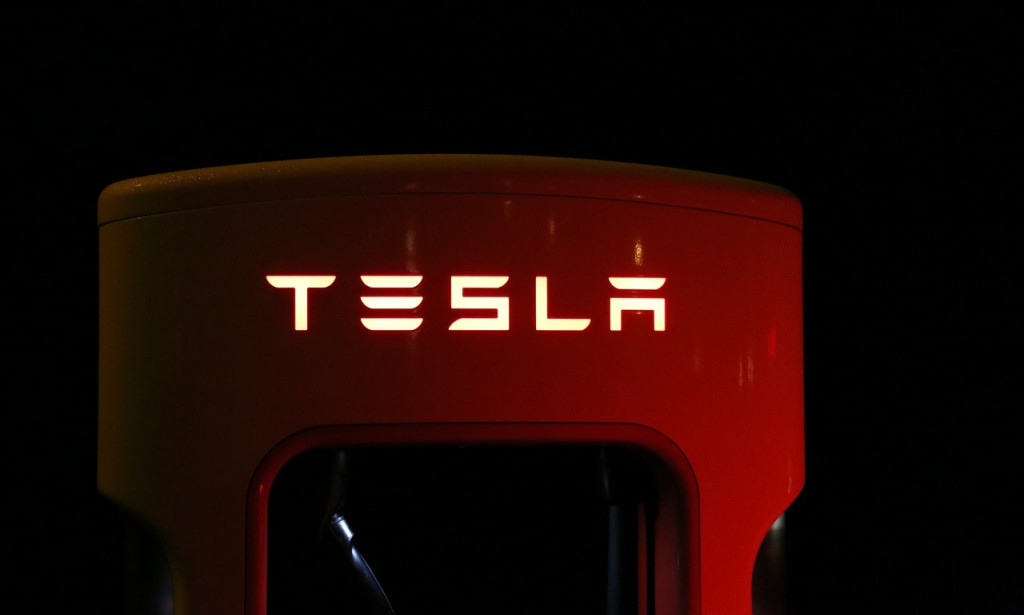The New York Times (NYT) analyzed on the 18th (local time) that the U.S. auto union's strike against the Big Three (General Motors, Ford, and Stellantis) is based on the transition to electric vehicles comparable to the Industrial Revolution.

The New York Times analyzed that the strike is taking place amid a 100-year technological upheaval that poses a great risk to both companies and unions. "The strike comes as traditional automakers still make most of their money from gasoline-powered cars while investing billions of dollars in electric vehicles."
Currently, the National Automobile Workers' Union (UAW) has conditions such as higher salaries and better working conditions, but it is also mindful of the future survival of workers who will lose their jobs as the industry shifts to electric vehicles. Electric vehicles can be made with less manpower than internal combustion engine vehicles because there are fewer parts. If the strike is successful, UAW can drive this momentum and try to establish a union at Tesla, which has no union, or Hyundai Motor, which will build a large-scale electric vehicle plant in Georgia.
"The transition to electric vehicles is dominating all parts of this discussion," said John Casessa, former head of Ford's automotive strategy at Guggenheim Partners. "The strike is about positioning the union to play a central role in the new electric vehicle industry.
Currently, new electric vehicle or battery plants will be built in the southern United States, and unlike the Midwest, where internal combustion engine automobile factories are located, the union's influence is weak. One of the union's demands is to ensure that domestic labor contracts are applied to workers at the new plant. The Big Three are opposed to these plants because they are owned by a joint venture. The union also wants to regain the right to strike to prevent the plant from closing.
Under climate-related pressures and changing consumer demands, the Big Three automakers are investing billions of dollars in making electric vehicles. But while its rival Tesla is making big profits, they are making little profit.
Ford said in July that it would lose $4.5 billion in its electric vehicle business this year. So if the union gets all of the desired raises in salaries, pensions and other benefits, the union's total compensation would be double that of Tesla's employees, Ford said. Ford CEO Jim Farley warned that if the union keeps insisting on itself, the company will stop investing in electric vehicles.
GM CEO Mary Barra argued that excessive pay increases would weaken GM's productivity, which produces both electric and internal combustion engine vehicles.
However, pro-union labor experts argue that the UAW is fighting to benefit everyone in the community at this turning point, saying that the current situation is the same as during the Industrial Revolution, when a small number of people take a lot of profits, and there are no good jobs for the majority.
Unions and supporters believe that the Big Three executives have received tens of millions of dollars in compensation packages in recent years, while shareholders have been rewarded with dividends and buybacks, while only workers have been sacrificed.
Given inflation, wages for U.S. auto workers have fallen 19 percent since 2008, according to the Economic Policy Institute, a left-leaning research group.
"If you analyze the cost of making electric vehicles, labor costs are a very small part of the equation," said Madeline Janice, executive director of UAW advocacy group Jobs To Move America. However, some other analysts are concerned that the prolonged strike will have favorable results for Tesla and other foreign car manufacturers, the NYT said.



You must be logged in to post a comment.